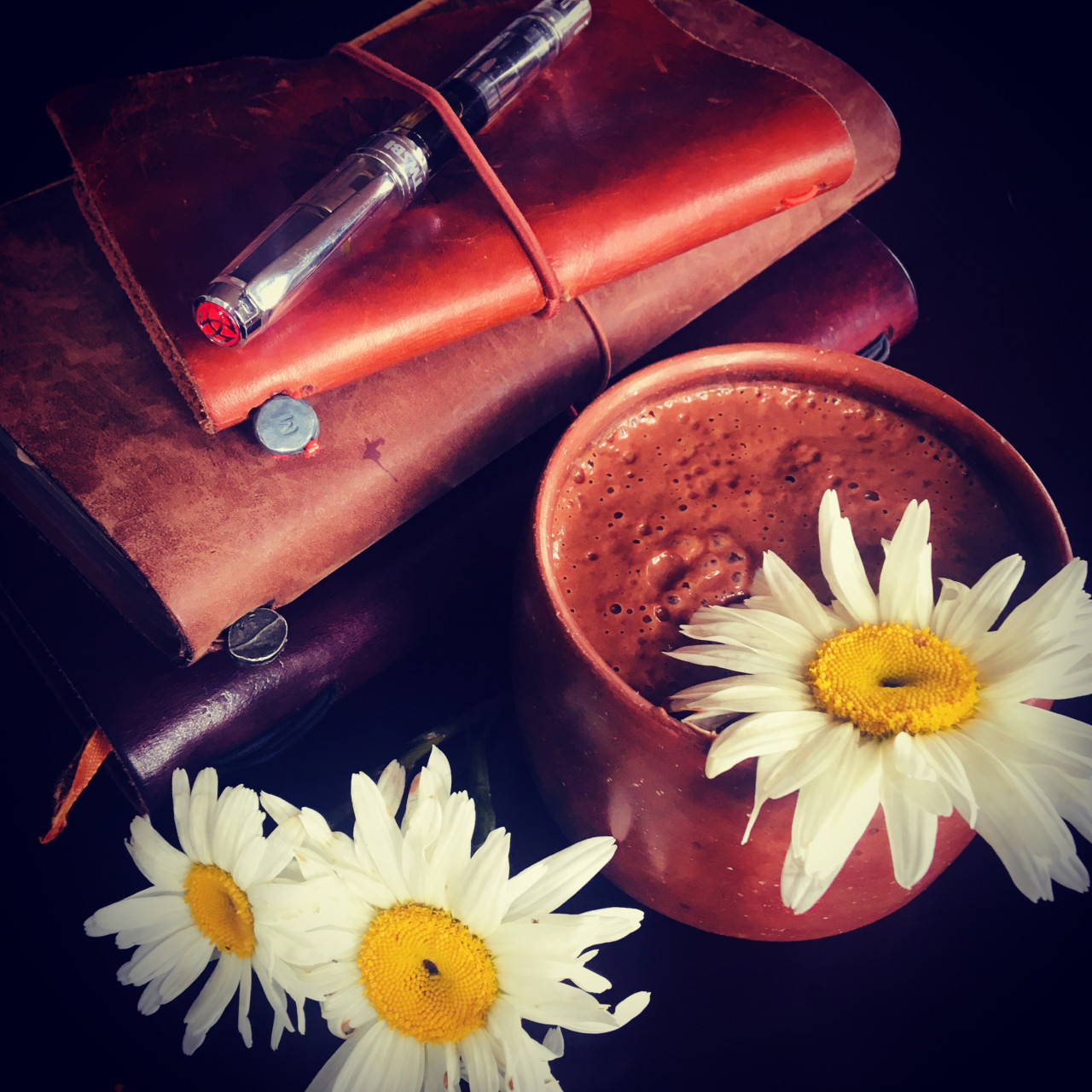 Allow me to introduce another topic that fascinates me lately – cacao and cacao ceremonies. I first heard about cacao ceremonies a few years ago and shortly after had an opportunity to participate in one of them. I remember that state of being when I felt like my heart expanded beyond my body and embraced not just the ceremony participants dancing around me, but the entire planet.
Allow me to introduce another topic that fascinates me lately – cacao and cacao ceremonies. I first heard about cacao ceremonies a few years ago and shortly after had an opportunity to participate in one of them. I remember that state of being when I felt like my heart expanded beyond my body and embraced not just the ceremony participants dancing around me, but the entire planet.
A few months ago cacao and cacao ceremonies came back into my life again. Only this time – directly to my home. Drinking cacao is currently one of my daily rituals that allows me to pause with an intention. This delicious drink smells wonderfully and is also rich in beneficial nutrients, antioxidants, microelements, such as iron, calcium and magnesium. However, I feel that cacao not only nourishes me physically, but also enriches my mind, balances the emotions, opens me up to its teachings and guidance.
While looking for and trying different types of cacao, I discovered GyvaKakava.lt and met its founder cacao expert Povilas Aušra. What is living cacao? How does it differ from cocoa powder? What can one expect during a cacao ceremony? How does one become a cacao shaman? How does cacao affect us and what can cacao spirit teach us? We cover all that and more in our conversation with Povilas below.
Thank you, Povilas, for a wonderful conversation and for spreading the wisdom of cacao in Lithuania!
Asta: Well, Povilas, I have already had my cacao today.
Povilas: Already after cacao.
Asta: After cacao. Today I drank Masaja, which was what suited my morning. I just finished the last piece. My ceremonies are quite frequent, they are daily at the moment. I am getting through – quite happily – all the cacao that I have bought as a gift to myself from your shop.
Povilas: Do you feel like drinking it every day?
Asta: At the moment, yes. At the moment, I feel I’m in a phase over the last month where I just somehow need to go through it. Perhaps in the future it will become a weekly or a monthly ritual. But at the moment, I feel a very strange calling. There are even days when I drink cacao twice.
Povilas: Twice a day – yes, I know, I am familiar with that stage.
Asta: I don’t know whether this has something to do with all these interesting energies moving around the world. The actual ritual – of course – could happen with anything, with a slice of bread or whatever. But this ritual helps me focus. I think that the key theme of this year is this – focus, focus, focus. And so cacao helps me to find this focus every day. I have lots of questions for you, so let’s not waste your time. I don’t remember exactly how I discovered GyvaKakava.lt (“gyva kakava” in Lithuanian means “living cacao”) – someone recommended it to me on Instagram. I participated in a cacao ceremony a couple of years ago, but just recently I felt a new invitation within to connect with cacao again. I started reading and discovered that it’s a very interesting topic, I received a recommendation about you and decided to ask you some questions and learn from you. I think it’s such a deep and fascinating subject, and many people will discover something beautiful for this interesting phase that the world is going through presently. So first of all, I wanted to ask how did cacao enter into your life? Where does the story begin? What was the path that led you to it? Where did cacao come from in your life?
Povilas: Everything started with a journey with my family. We decided to try to become travelling freelancers. We lived for a month in Lanzarote, which is an island that belongs to Spain. The last destination of our journey was the island of Bali, and cacao is also grown in Bali. It was in Bali that I first saw cacao, read a little bit about it online, but it interested me more as a super food. And then I drank it a couple of times but it was not prepared properly and I wasn’t ready. I drank it almost like a dessert. It did not amaze me back then, and I didn’t really feel much. But I felt I would need cacao somehow, that there was something there. I don’t remember how many kilograms I bought back, two or three maybe. I had to make space in my luggage and leave some of the things behind in Bali. I brought it to Lithuania and after a third or fourth time learned how to prepare cacao properly.
And after that third or fourth time, I used to drink it daily but then one day had too much of it. I had a cup at 2pm and then at 4pm guests came over to hear about our journey. So I had two cups, both of which were rather fatty. I couldn’t sleep nearly entire night. I kept tossing and turning, I couldn’t understand what was happening to me, all these ‘aha!’ moments, insights. I kept trying to figure out what was happening, and only just before morning I fell asleep for an hour or so. I then woke up full of energy and kept wondering what was affecting me, and realised that I had had all this cacao. I began to investigate what cacao is and how it affects, whether it was possible to buy it in Lithuania. It was not. I started searching for where I could buy it and that was over two years ago. So I began to search, buy, taste, search, buy, taste, watch and read. And then finally I found someone from whom I could buy cacao. I tried cacao from Bali but that didn’t work out. While I was in Bali, I tried to participate in a cacao ceremony but that didn’t work out either. I had an unfortunate accident of breaking my arm while running. So all my plans had to change. And that’s how cacao came to me.
Maybe for three or four months, maybe even more – for half a year – I read and researched, read and researched about cacao. I drank it in the morning, in the evening, before sleep, after sleep, after food, before food, whichever way possible, bigger doses and smaller. One day my wife told me, “Please can you stop talking about cacao even just for a day? Just one day?” So I held back for a little while. And now that time has passed, I don’t talk about it so much. Now I have with whom and where to share about it.
Asta: I think that’s a good sign when this passion comes over us, obsession even about some subject. I think there’s always something there, like a little path that takes us to some new realm, a new inner knowing. But when people first think about cacao – and we recently organised a little cacao ceremony with a few friends – they expect it to be a dessert. Something sweet, packed with sugar and cocoa powder, like the chocolate desserts that the shops are full of. So what is living cacao? What should everyone know about the effect it has? How does it affect us differently from something sugary?
Povilas: I also come across this often that people think that cacao is just some powder. I am trying to teach people through educational cacao workshops. And when I sell cacao at the fairs, I place the different cacao products on small plates to illustrate the way it is processed. And cocoa powder is the very last product at the end of processing, while cacao beans are at the very beginning. Cacao mass is in the middle. So what is this real cacao or cacao that is alive? It is a cacao bean that has been peeled and crushed, and that is it. That is 100% cacao, or speaking in terms of chocolate – 100% chocolate, it’s the same thing. And what is Gyva Kakava? After you have our cacao – this is our family business – you will feel more alive, that is why we called it Gyva Kakava. And with real cacao – just like with any other food product – the smaller is the farm that it comes from, the tastier the cacao is. We noticed that when we tried real 100% cacao from small farms, there is a feeling of true satiation, emotionally and biologically. Most cafés and restaurants provide the biological feeling of satiation but do not satiate emotionally. In Lithuania there is only one restaurant that ticks both of these. In the entire country there is only one, and it is one of my favourites. So this real cacao that is alive provides both, emotional satiation as well as biological. After you have such cacao, you don’t want anything else.
Asta: I can confirm that, 100%.
Povilas: It’s a feeling of complete fulfilment. Then obviously there are different flavours, which differ by country or farm. And then there is the effect that the person feels after having real cacao. This would be my description of real cacao. Generally, people think cacao is powder, a misunderstanding that like in the coffee world coffee is just ground beans. So they think that cocoa powder is simply ground cacao beans, and that is not the case. So from this misunderstanding, I remember in the beginning I used to receive many questions – what is this and what should I do with it? I wrote tons of e-mails, replying every day and explaining what it is and how to use it. Now the situation is better, more people are aware of it.
One of my small goals is to ignite the cacao culture in Lithuania. But I am aware that this cacao culture is missing not only in Lithuania but in many countries. Just like there is wine culture, coffee culture, the cuisine culture of certain countries. So I have this little wish to spark the cacao culture and I can see it’s slowly starting.
Asta: I’d like to find out a little bit more about the ceremonial grade cacao. What does it mean? Perhaps this is for people who are interested and would like to find out more. How is it different from me buying cacao beans on Amazon.com and grinding them at home? What is this “ceremonial grade”?
Povilas: “Ceremonial grade” indicates that cacao is suitable for ceremonies. There is a saying that all cacao can be used for cacao ceremonies but not all cacao suits cacao ceremonies. I know that people use even the basic cacao powder to create ceremonies. Maybe it works, maybe it doesn’t – I can’t tell. “Ceremonial grade” is a highly debated question. When people drink cacao and use it for some sort of spiritual and energetic practices, in my opinion, the key for ceremonial cacao should be who grew it, who touched it, were they paid fairly, were the people concerned about their lives and livelihoods while cultivating it. All these things matter. Most of the cacao that comes from Africa automatically does not pass such criteria. Because people there are paid one or two dollars per day for working with cacao. The situation is improving and perhaps eventually it will be resolved. So first of all, I would begin with who worked, who cultivated, and how they cultivated. The next point is the variety, because the active ingredients also depend on the variety. The third point is about whether it came from a big or a small farm. As we touched upon it before, there will not be such sense of satisfaction and nourishment from cacao that comes from a very big farm, and it cannot be used equally well in a ceremony.
The rest of the criteria are highly debated. Some say that the beans must be roasted directly in the fire, others opine that they shouldn’t be roasted at all. The third say that according to the spirit of cacao, it should be roasted. So there are many points upon which there is no agreement. And the final point that I would like to mention is the processing of cacao. By processing I mean the peeling and grinding of it. And here there are also many differing opinions. There is the opinion that the beans should only be peeled by hand. To peel the beans by hand is a lot of work. All agree that the grinding should be as short as possible. The shortest time possible, depending on what is used for grinding. An hour or two, maybe three, four, but five or six as maximum. This processing needs to be as gentle as possible, although that sounds quite strange when you see the stone grinders used for this process. The word gentle doesn’t quite apply for that but that’s the idea.
And then finally, most people who go to cacao ceremonies or do them at home are usually already more sensitive and mindful. One of the main ways in which I test cacao is by making a cup of cacao, holding it in my hands and trying to meditate with it. And I try to observe how the energy expands from it, a lot or a little bit, is the energy intense or not, does it feel young or old. For example, the entire island of Bali is very much in motion, and it is reflected in its cacao. Bali is not a native land for cacao because it has only been cultivated there recently, or maybe because there is a volcano underneath the roots of cacao trees, you can feel the cacao is more eruptive, younger, full of youthful energy. And then, for example, cacao from Central America, the home of cacao, the energy that you can feel from a cup is older, quieter, more settled.
Asta: How fascinating, Povilas! How fascinating.
Povilas: So it is possible to distinguish cacao from each country or region. But I am here talking about cacao that has been cultivated properly, selected varieties, where everyone in the entire chain of cultivation were paid fairly, most importantly – the farmer. I am talking about this kind of cacao.
Asta: And for those who have never participated in a cacao ceremony and perhaps don’t know what they are all about – how would you describe what happens there? For example, during the cacao ceremonies that you organise, what could one expect?
Povilas: If I may, I would like to use two descriptions – one very simple and another a little more complex. So I will begin from the simple one. The simplest description of a cacao ceremony – before I do, I would like to add that modern cacao ceremonies are an expression of cacao tradition. So, really, nobody knows what went on exactly during the traditional cacao ceremonies. And what we are doing now is an expression adapted to our modern world. Simply speaking, during a cacao ceremony people gather, drink a large amount of cacao, and when the cacao effect begins, they engage in particular practices, it might be individual practices or group ones. So this is the most basic definition of a cacao ceremony.
If we are going to talk about it in a more complex way, then cacao ceremony involves a clean space, by which I mean it’s not a random bar or some place for parties and alcohol. It’s an energetically clean space where people drink cacao with an intention and by stating their intention, they request something from cacao. And cacao has one and only purpose, which is to help you, to help people, nothing else.
During a cacao ceremony, if it all happens intentionally, a person opens up to cacao during the process and is able to go into it deeply. Perhaps it happens in a deeper way and it is possible to access some kind of insights or answers. Perhaps an inner shadow is revealed that has not been experienced yet and after witnessing it, a person can feel lighter. A cacao ceremony should be a ritual for a transition, for knowledge and understanding, perhaps a shift from one stage of life to another.
Let’s say I come to a cacao ceremony to find an answer and I receive it, that means I have to do something with that answer, not just to come, sit around and have a great time. That knowing has to be further integrated into my life. I would call that a cacao ceremony. In a very very expanded definition, people drink cacao and go out into the mountains, you can call that a ceremony. Or they have cacao and they dance, maybe individually with their eyes closed or together, and maybe that awakens within them their inner child or relaxation. People drink cacao and participate in gong sessions, maybe they open up more to gongs, music and vibration. I have participated in cacao ceremonies where at the end I felt like I was washed out with a love softener.
Asta: I know the feeling.
Povilas: You know the feeling. The whole ceremony was done with the intention to feel self-love and to share the love with others in the group. That was the intention. And the cacao ceremonies that I like to organise are with the intention to allow the person to go as deeply as possible within and connect with their own intention, whatever it may be. Usually, it has something to do with resolving a very important issue or question in their lives, or something that they want to discover, find, release, clear, remove some kind of a shell within themselves. Everyone has similar human needs. I want and like to lead the person as deeply as possible into himself or herself during the cacao ceremony.
Asta: I can really confirm that state of being that you mentioned, like being rinsed out in love softener. The ceremony in which I participated a couple of years ago was a group one. Maybe about 30 people, so it was quite big and the energy was very powerful. Lots of dancing and music, so it was all expressed through dance and music. And I remember that feeling of being totally in love with everyone in the entire room. But in the best way possible – wanting to hug everyone. Also, we have a small group of friends here and we meet together – so a couple of times I shared my fascination with cacao. It was such an interesting expression because during the meeting there were many moments of openness and sharing and tears and stories, all of which probably wouldn’t have happened had we met to have some coffee with cookies. But the following morning there was such an interesting explosion of gratitude. All of our messages back and forth were “thank you, thank you, thank you”. During the whole day, this sentiment of gratitude was so awakened.
Povilas: It’s as if you formed a connection that evening after having cacao. Your hearts opened.
Asta: Exactly. And we’ve known each other for a number of years. We are all mothers raising children of similar age. But that gathering was so special because it was like we discovered something new. I can really feel the effects of cacao even for myself when I drink it on my own. Especially, during the last few months or weeks. I find that feeling of heart opening so interesting. I think that’s what the world needs the most currently. This connection with here and now, and radiating it outwards.
Povilas: There is a legend about cacao written a long long time ago that has survived until our times. It says that when imbalances between humans and nature occur, the Spirit of Cacao comes from the jungle and restores the balance by opening the heart of the human.
Asta: This just made my hair stand on end.
Povilas: And this whole cacao movement and current cacao ceremonies started about 20 years ago. If we connect that with where the humankind are collectively, meaning our development, our relationship with nature, it seems to fit.
Asta: Wow, fascinating! I am currently really interested in this subject. In general, I love ceremonies in many different forms – the Teeth-Brushing Ceremony, the Combing Ceremony. I think that everything can become a ceremony, if we are present with it. I wanted to ask what you think about the many different courses out there – like becoming a Cacao Shaman, etc. Currently, everything can be bought. Of course, it would be wonderful to go somewhere to the jungle of Peru, sit next to a wise cacao tribe elder and learn from him or her. What do you think about this and where did your knowledge come from about cacao ceremonies and cacao shamanism?
Povilas: When it comes to all those certificates and such, in my opinion, a person can learn from themselves, tune in and connect, and no certificates will be needed. The other side is that you can go to courses, study, collect a certificate, and perhaps that’s what you need or the people that will be coming to you need that. And neither way is better or worse, they are simply different. When it comes to certificates of shamanism, that word “shaman” is very slippery and can be debated as a status, profession or activity. In my opinion, shamanism should be the way of living. It is like way back in the past, a teenager used to go to a craftsman to learn the trade and would also become a craftsman after many years. And as far as shamanism is concerned, I think this should be the baseline. I have not investigated this subject deeply, but this is how I understand it to be. When it comes to courses to become – perhaps, not a cacao shaman – but a cacao expert, it’s great. When I find time, once in a while I book different courses to see if my knowledge matches the teachings of the course, and maybe I learn something new. Courses are great. Obviously, it’s quite brave and naive to finish a course and claim to be a cacao expert. Experience and more knowledge are needed. But, really, I have not finished any studies related to cacao. I found a course on chocolate-making, or courses for chocolate sommeliers. It was when my knowledge had reached a certain level that I started to look for courses about cacao and ceremonies. Most of the information I was already familiar with.
I think that when you really really really want it, it can be like my path – I was ignited and watched and read and looked into everything to do with cacao and ceremonies. Of course, that’s not enough – it has to be translated into practice. If you really want to and if one day your closest ones ask you to stop talking about cacao, maybe after some six months, it means an accumulation of knowledge has been reached. And obviously, it would be great to have someone to follow. I don’t and probably will never call myself a cacao shaman, perhaps only a cacao expert, generally speaking, when someone asks me about who I am and what I do. So using that word raises no further questions. There are cacao shamans, and I often learn from them, or drink cacao and follow the guidance of their meditations, recorded or live. The key thing in learning is to be able to apply it to practice, to understand what happened and what went wrong.
As I shared before, when I try cacao, I attempt to feel its energy, and this habit of mine transfers to cacao and can be cultivated. Whatever you seek for, you find. Since I was searching for it, I began to find it, even though previously I didn’t feel it. So in my opinion, in order to become a cacao connoisseur or to lead cacao ceremonies, first of all, it’s a good idea to go and participate in the ceremonies of others without any judgment nor criticism. Just to see it as it is, with one person, with another. Have a cacao ceremony with one type of cacao, with another. Try to sense their differences. Try to see which cacao is most suitable for which practice. In some ceremonies they use cacao from different countries and then try to sense their energetics, and then have some kind of activities. So there is an infinite number of ways to learn. Shamanism itself sounds very serious to me. And I think that it’s not that you are a shaman but rather your lifestyle is somehow related to shamanism. What do you think shamanism is?
Asta: It seems to me, on the most intuitive level, that we are all invited to become the masters of our own ceremonies, and shamans in our daily lives. But I have read somewhere that one shouldn’t call themselves a shaman unless there is a tribe that chooses you to be one and gives you that title. So if a group during a cacao ceremony tell you that you are their cacao shaman, all is well, because the people have chosen you. But shaman is an intermediary between an ordinary reality and all those slightly veiled worlds, and you can be one for your own self. But you cannot tell someone else, “I am your shaman”. Someone else has to choose you or you are your own shaman in your own reality, your own ceremonies, your daily life.
It’s a topic that fascinates me profoundly. And cacao really blends with it beautifully because it is about feeling, feeling the world of plants. Cacao is a plant that activates us and really wants to communicate with us. But likewise a plantain growing in the backyard has its own very deep meaning of existence, and perhaps it revealed to some herbalist hundreds of years ago that its leaf should be placed on a scraped knee. Lately, I am amazed by the ability to sense, to feel. I remember when I was a child I used to have this ability to feel objects – I think all kids do while playing – as if they were alive, toys were real. But I used to feel the dishes for example, speak with spoons or forks, they all had their personalities, and would have arguments. It’s so beautiful for me to return to this lately, this feeling that everything around is constantly talking to us. That broken object inside our home that irritates us every time. Or the other way around, a bouquet of flowers that brings us joy each time we pass it. That veil that we consider to be the separation between the outer and the inner is not just full of holes but it’s an illusion.
Povilas: Or very thin, or debatable.
Asta: Illusory or – let’s say – a matter of agreement.
Povilas: And through all those broken objects or tools or voices of others the Universe is talking to us, we just need to listen to it.
Asta: Always. For me cacao is a daily practice at the moment as I feel that it’s what I need, perhaps in a week or a month it will be something else, or it will be every few days. But at the moment it’s a practice for focus. A few months ago that was cold shower. I continue to practice them now too but back then it was something along the lines of – if I can do this, I can do it all. And now with cacao – if I can find an intention for this moment, I can find meaning in every step of the rest of the day, I can focus and return to the heart centre. Or maybe when my two little ones will be going wild, I can return to here and now. And what is your current cacao practice? Is this a daily ritual for you now?
Povilas: When you shared before how you want cacao every day now, in theory there should come a stage when you won’t want cacao. Purely from the biological perspective, the body saturates itself with the elements and the cravings stop. I am in that stage now when I feel this saturation, and I try to drink it as little as possible. Right now, my favourite flavour of cacao is sold out and it will only arrive in a few days, so I am not drinking any cacao. When I do use it, I might work with cacao when I receive a new shipment or before completing some of accounting tasks, but that is using cacao in a basic way. But if I drink cacao on my own, then I turn off everything, light a candle and incense, and then really at least those 15 minutes while I drink it, I do it mindfully. We also drink cacao together with my wife. We have a three-year-old son, and usually he only lets us drink cacao when he’s sleeping, which is quite late in the day. And maybe at 10pm, 11pm or even a couple of days ago it was at 11.30pm, we have a tiny tiny tiny cup of cacao, symbolically, for a calmer, deeper conversation. During such evenings usually we receive new ideas and insights.
And then the most infrequent way in which I drink cacao is a real ceremony for me. I plan it 2-3 weeks in advance, schedule the date and the hours, I’ll be there undisturbed. At least a week before that day, I don’t drink any cacao. I then create a ceremony for myself. I have cacao and spend 2-3 hours doing something. The practices usually involve meditation, a resolution of some question or problem, searching for some answer. And sometimes I ask a question about how to resolve something or where the root cause of some situation or problem lies, I have some cacao and don’t find out anything. Then a day or two later, the answer arrives. So these are the ways in which I use cacao – one very basic, another even though basic but it’s time for me, perhaps drinking it on my own 10-15 minutes before work to be energised or to sharpen the mind, then with my wife. And finally, on my own in this deeper way which, of course, doesn’t happen very often.
Asta: For me at the moment, usually when I pour my cacao, that is when everyone begins to climb on top of me, dog, kids – everyone. And it is like holding this tiny bubble around me and my cup just for a few seconds.
Povilas: Even though it’s just three seconds, it’s still good.
Asta: And also, we met a few times with friends, it was very interesting. I also feel that it’s a new process for me. I sense many things intuitively, but sometimes it’s like – maybe I shouldn’t have added so much rice milk, so I’m still learning!
Povilas: But when you drink, do you always do it with some kind of intention?
Asta: Yes! Always. Even if it’s just three seconds of – with this cup I declare today to be a self-sovereignty day, or today will be all about love, or maybe that thing that annoys me every day, may today the annyance feel less. As you say, it’s great if it could be a longer – half an hour or an hour or as part of the meditation. I really liked your idea about planning or agreeing in advance, that these two hours are going to be for me. We will be putting this into practice too, as last week I had two hours for myself and I had such a wonderful time in nature, only I didn’t bring cacao this time. I think I will add that.
Povilas: Oh, in nature the effect doubles. Since cacao itself is full of Earth’s energy, in nature it is revealed even more, the effect and intention intensify. Especially, if it can be done consciously without interruptions. At the moment it is really cold in Lithuania. We have tried drinking cacao outside in autumn but the effect is not as impressive as in the summer.
Asta: It is interesting to try. I’d like to return again to the question about the effects of cacao. Speaking of your personal experience, what have you learned with cacao? How has it deepened any of your practices? How does cacao effect you? This is a very interesting question to me.
Povilas: My relationship with cacao – this is a question that I don’t get asked very often. It used to fluctuate a lot before but now is more stable although it still varies sometimes – just like everything else – from very basic to very intense. It did deepen my practices. My favourite practice is meditation and I feel that it is much easier to do it, to put it simply. What has it taught me? It teaches me, really, what I ask to be taught. Cacao helps me to achieve what I ask from it.
Cacao has the ability to open the doors to the desired states of being. Some people compare cacao with psychedelics, and it is very close to that. However, the biggest difference is that psychedelics not only open the doors but they also kick you in the butt and close the door of the room behind you, since you have given it permission to influence you. With cacao it is like the doors are opened in all directions and you can choose whether you want to go or not.
In the beginning I used to ask cacao more about personal things, like “I am drinking cacao because I need to balance the accounting books”. It used to be more about things like that and about energy needed to complete work. Now this has really changed. I don’t ask for myself but for others or for knowing the cacao itself in a deeper way. So cacao is the first plant which I am trying to commune with as plant-medicine, plant-energetics. It’s the first plant that I am regarding in such a serious way. All plants are serious, as we have already discussed, and all have their energy. So cacao taught me to consider other plants more seriously. Perhaps also to consider my own intentions and motives before doing anything, regardless of how important or small the action may be. It taught me to dedicate more time for myself. Of course, whatever it was that I used to ask, it more or less happened that way. And then cacao opened many many doors to me that I hadn’t asked for. Sometimes these doors were literal – to yoga studios, to cacao ceremonies, to meeting with a person running breath-work sessions, to meeting the managers of a vegetarian food café.
It opened many doors for me to meeting other people who I really like and whom I would have wanted to meet in any case. For example, right now we are chatting – if it weren’t for cacao, perhaps we wouldn’t be having this conversation. So for me cacao opens many many doors. I remember a while ago I wanted to maintain a daily 15-20 minute writing practice. And I kept thinking that I never have time for it, never have time, never have time. And then I left Lithuania briefly with another project, I drank some cacao, sat still and I realised that I had been doing it all along. I was spending 2 hours writing e-mails to others and replying to their questions. It was exactly what I was doing, even though I kept feeling I didn’t have time for it while spending two hours on it daily. The writing was happening, except differently from how I was imagining it. So from that point of view, cacao has helped me a lot to open these doors.
I then started to reflect as to why cacao had come into my life, in particular, the Earth energy. What could I do with it? What can I give to others? After two years of thinking about it – sometimes more intensely, sometimes less – the real answers are beginning to crystallise. It seems that all that time was needed for me to arrive to these realisations. So cacao has given a lot to me and I feel that it will continue to do so. I feel that my relationship with it will still continue for a long time in some way. Of course, one day the connection will diminish or end, this is natural and I accept that as nothing lasts forever. But for now I feel that the connection will continue to deepen and intensify for quite a while more. This is what cacao has taught me and what it has given me. It is interesting where it will take me next.
Asta: I really like that you chose the word “relationship” because, really, it is just like with everything else – with a wife or husband, for example. There are days when you look at them and think, “wow, you are such an expression of the divine” and then the next moment, “argh, what are you doing in my home?” I mean that it’s the same with all things, and people, and animals, and plants – there is a relationship which fluctuates and changes depending on our own state of being and how we see it. So cacao too – one day it may be a little bit of a dessert, while on another day – “wow you are my teacher, lead me to where I need to go today.” So “relationship” is a very accurate word, I liked that.
Povilas: Sometimes I do drink it as a dessert, even though it’s quite rare. After eating something salty for lunch, two three hours later I might crave for something sweet. I then mix cacao, half water, half plant-based milk, and a date. This makes it thicker and it’s an alternative to a cake or a cookie.
Asta: How many grams of cacao?
Povilas: Very little, 10-15 grams. Half of the volume is water, another half – plant-based milk and a big, soft, sweet date – all blended together. This makes the consistency very rich.
Asta: And when you do a morning ceremony, for example, do you add anything else? Because it’s easy to keep adding things and turn it into some kind of “frappuccino”.
Povilas: When I am having a ceremony for myself and I know I will be dedicating a lot of time for it, say 2-3 hours, then it’s only cacao and water.
Asta: I am curious, how many grams of cacao?
Povilas: 50 grams of cacao and 250 ml of water. I noticed that with this ratio of cacao and water, there are no cravings for anything – no spices, nothing. When you put 30 grams of cacao into 250 ml of water, that’s when you want to sweeten it, add spices or something else. So when I am having a ceremony for me and I know that I will have plenty of time for it, I drink cacao like that. For simple, daily drinking – I add 25-30 grams, 250 ml water, a little bit of agave syrup, a little bit of cinnamon or cayenne pepper – that would be my favourite. I would also like to find good quality vanilla bean pods or extract and to try with vanilla as I have heard good recommendations. So one way is for daily drinking and another is for a ritual. When we drink it with my wife, we also add either honey or agave syrup, but just symbolically, just to take the edge off the bitterness. But when I am drinking on my own, I use 50 grams and water, and it is then very very thick.
Asta: Great, I will try that one of those days when I feel the invitation to do it. For daily drinking I use about 30 grams, but as you said, then I want to add a date, a little bit of Himalayan salt and, lately, always some cayenne pepper. I don’t know why because I have never used cayenne pepper in my life until about a month ago. Suddenly, I decided I had to buy it and I use it daily, it’s like it started calling me.
Povilas: During one of the cacao education sessions two women made identical cups of cacao but one of them added a little bit of cayenne pepper. When both cups were smelled, the one with the cayenne pepper had a stronger aroma of cacao. This is because cayenne pepper activates and releases the effect even more.
Asta: Povilas, I could sit here and talk to you for the rest of the day but perhaps one day in Lithuania I will have a chance to participate in one of your cacao ceremonies and chat more.
Povilas: Over a cup of cacao.
Asta: Over a cup of cacao. I am saying goodbye for now. Thank you very much for your time. We will keep in touch and, if you don’t mind, I may come back with some questions once in a while.
Povilas: Great. I can always answer whenever any questions arise.
Asta: I am very pleased and I want to thank you. I have added your cacao to my gift list – we keep gift lists among my family members. So Gyva Kakava is at the top of my list, in case anyone wants to surprise me, they can get in touch with you.
Povilas: Thank you for inviting me and for your time. Equally, thank you for your work and for spreading the message of cacao within the circle of your friends. My greatest wish is that people use cacao and use it properly. This is one of the reasons why I started working with cacao – its effect. Thank you for spreading this message too. You too can consider yourself to be one of the sources spreading the message of cacao.
Asta: Thank you, Povilas. This is where that “thank you, thank you, thank you, thank you” effect of cacao begins. All the best, have a wonderful day, and, without a doubt, we will be in touch.
Tags: cacao cacao ceremonies conversations about cacao living cacao spirit of cacao
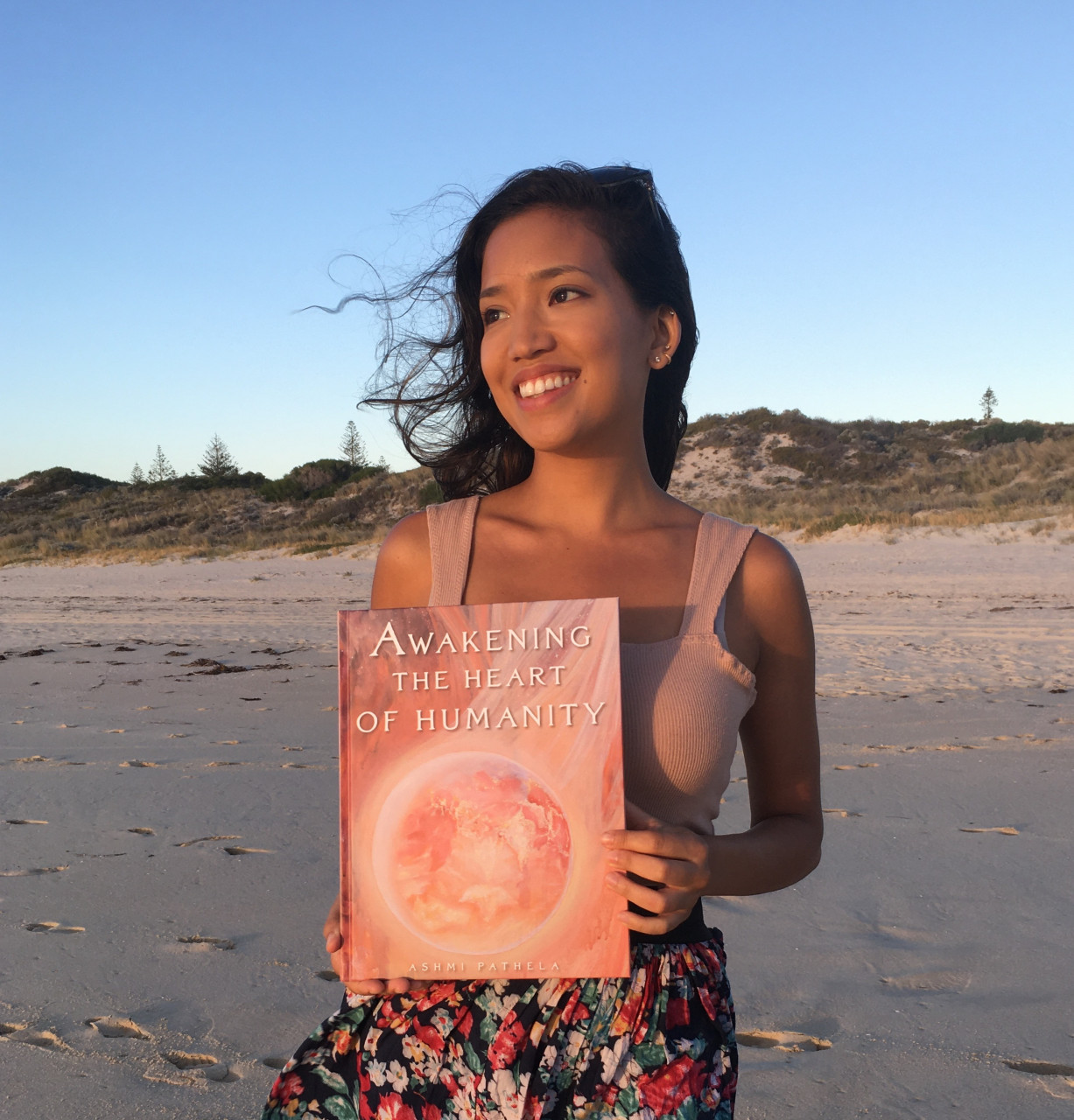
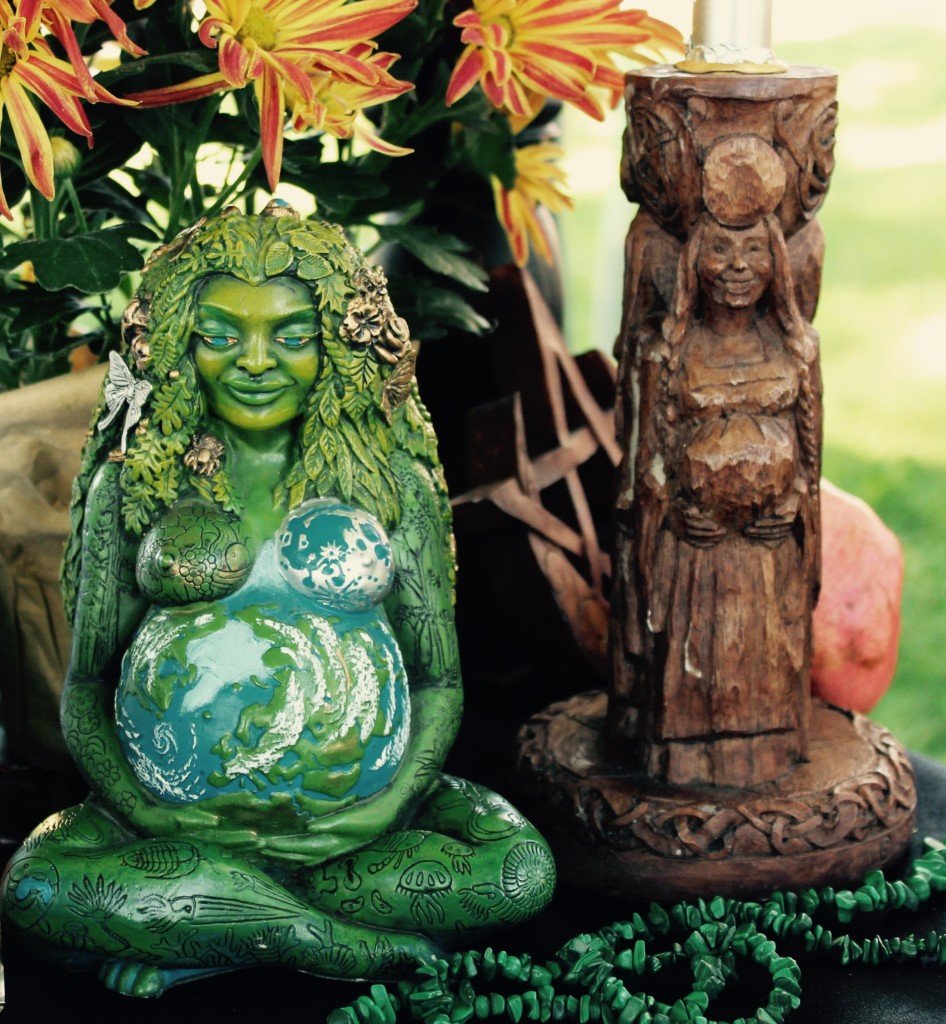

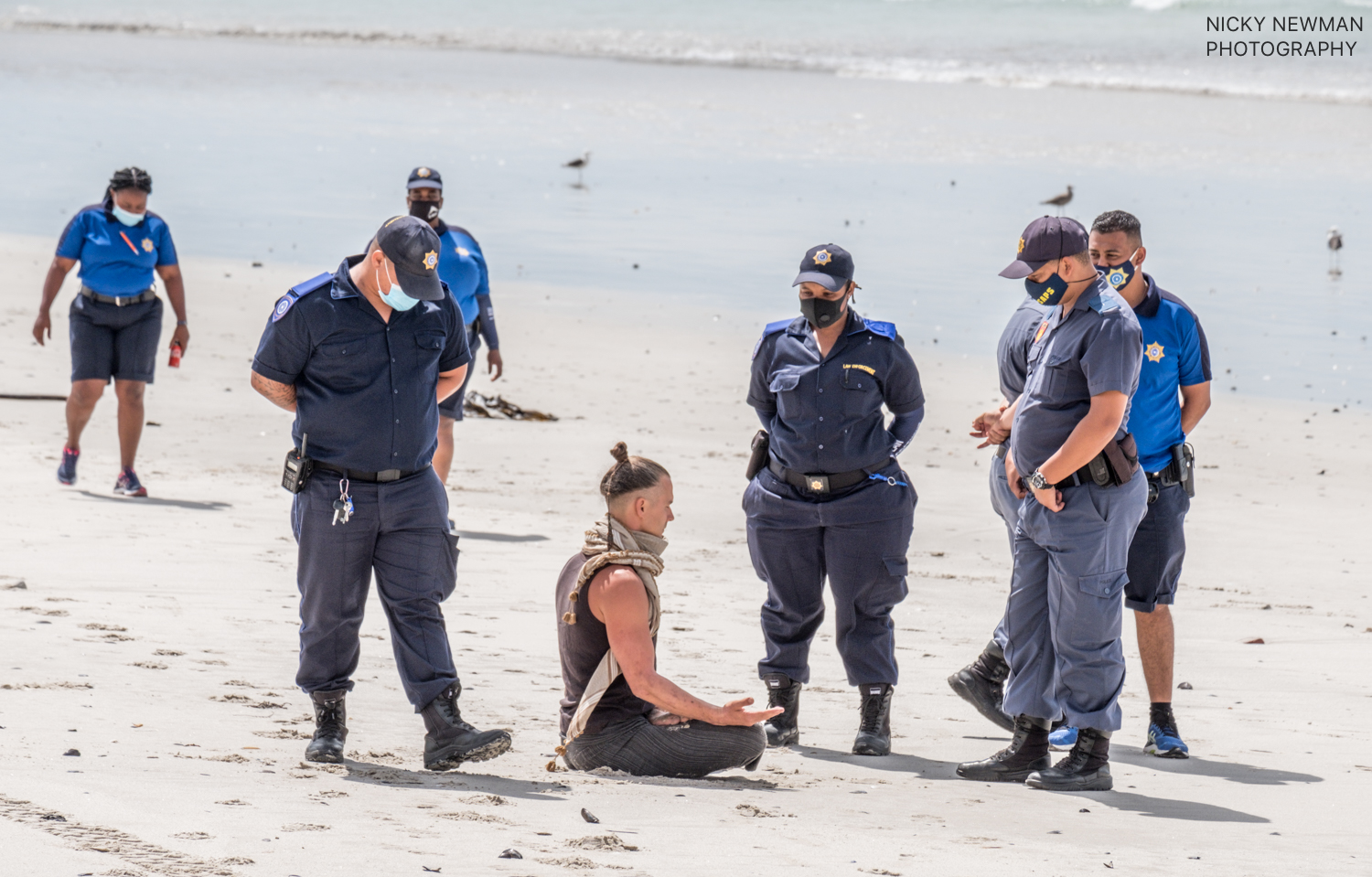
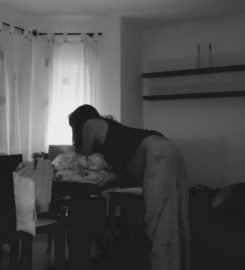
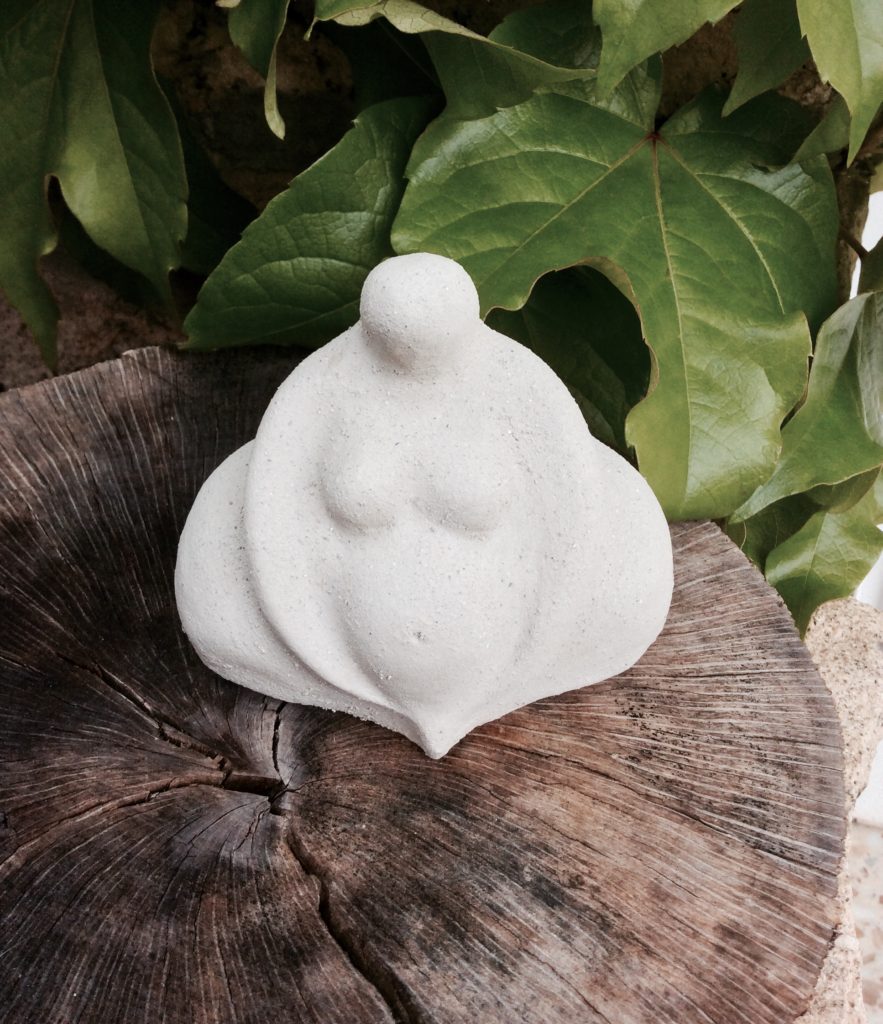
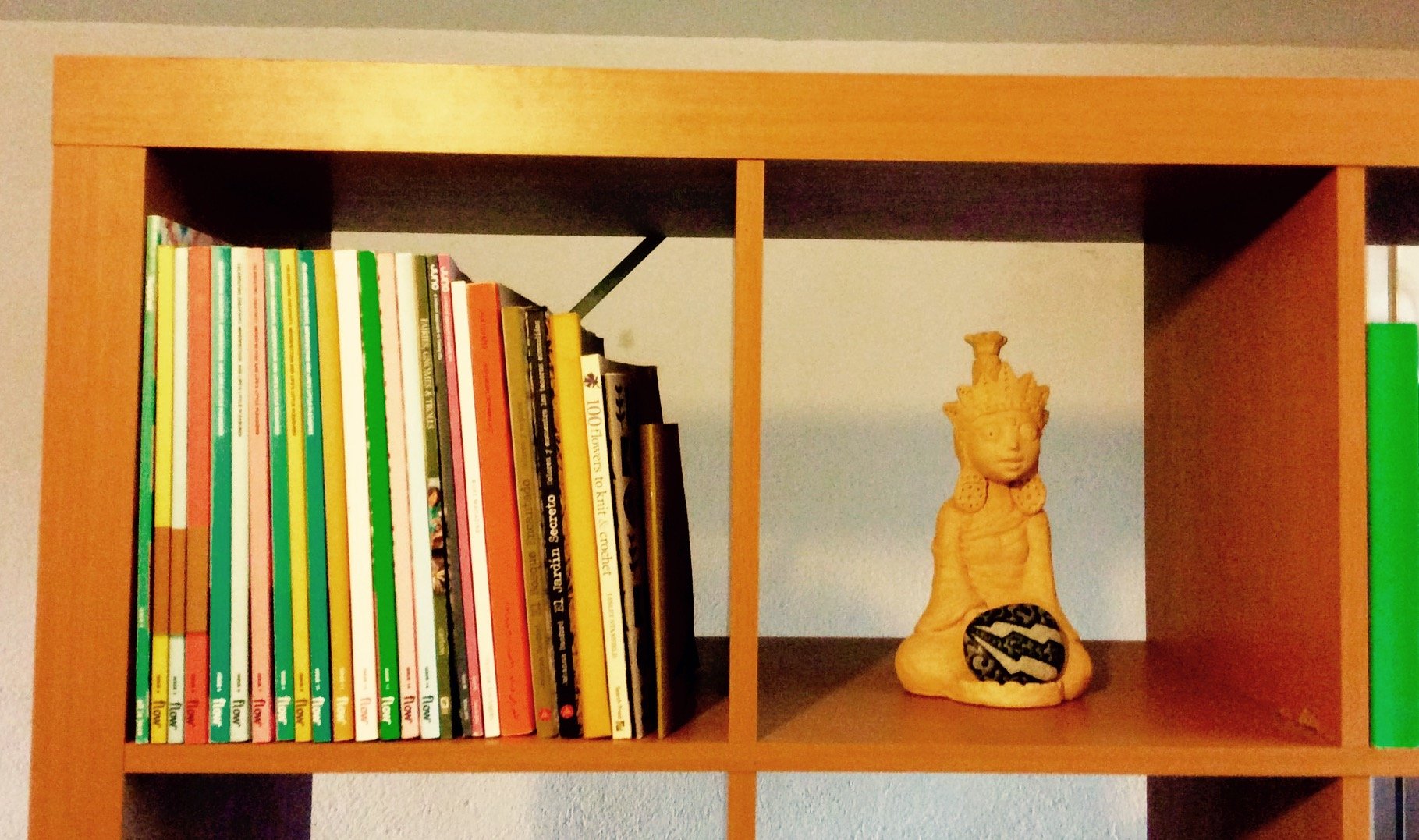
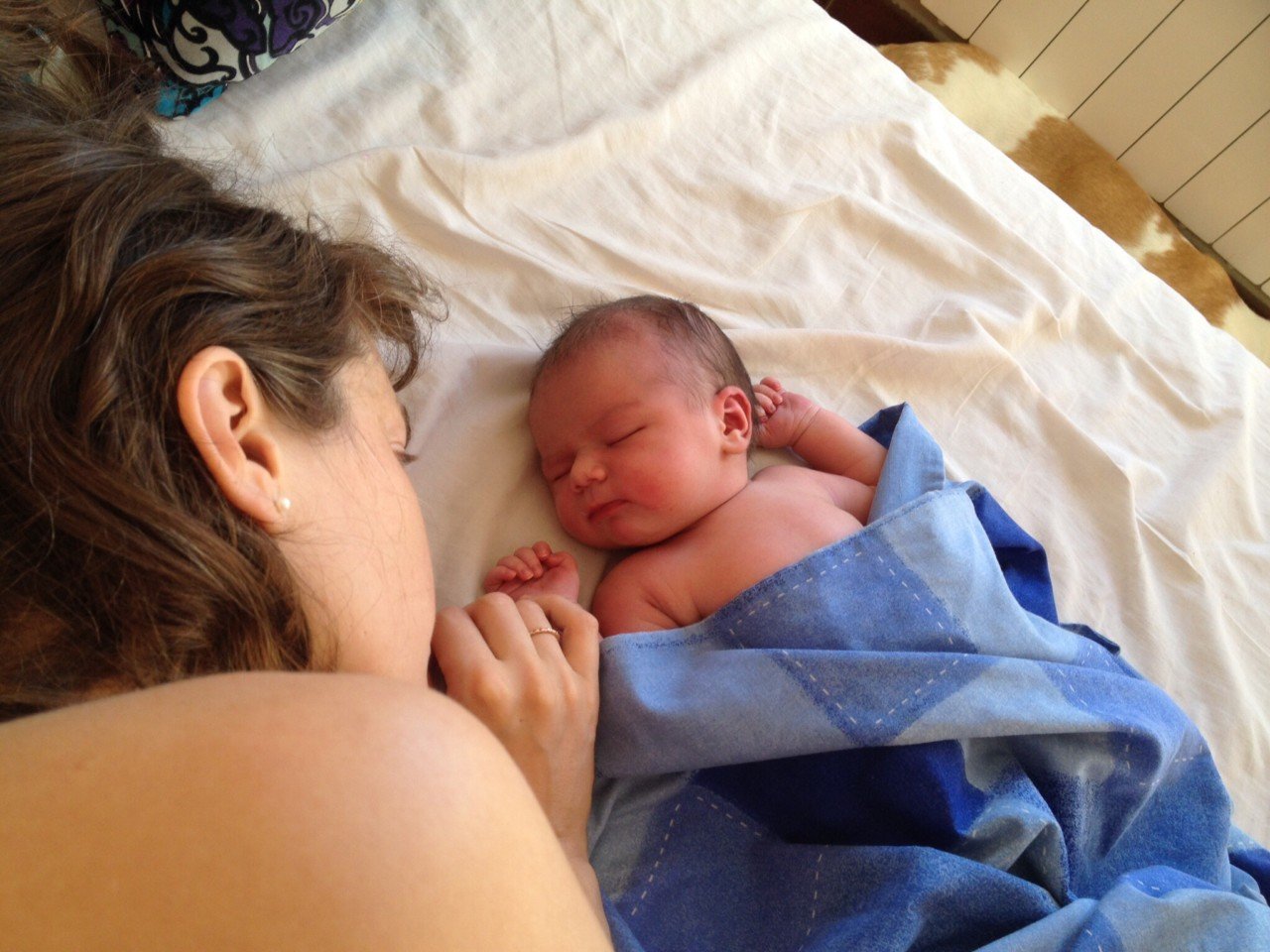
YUMMY (thanks)